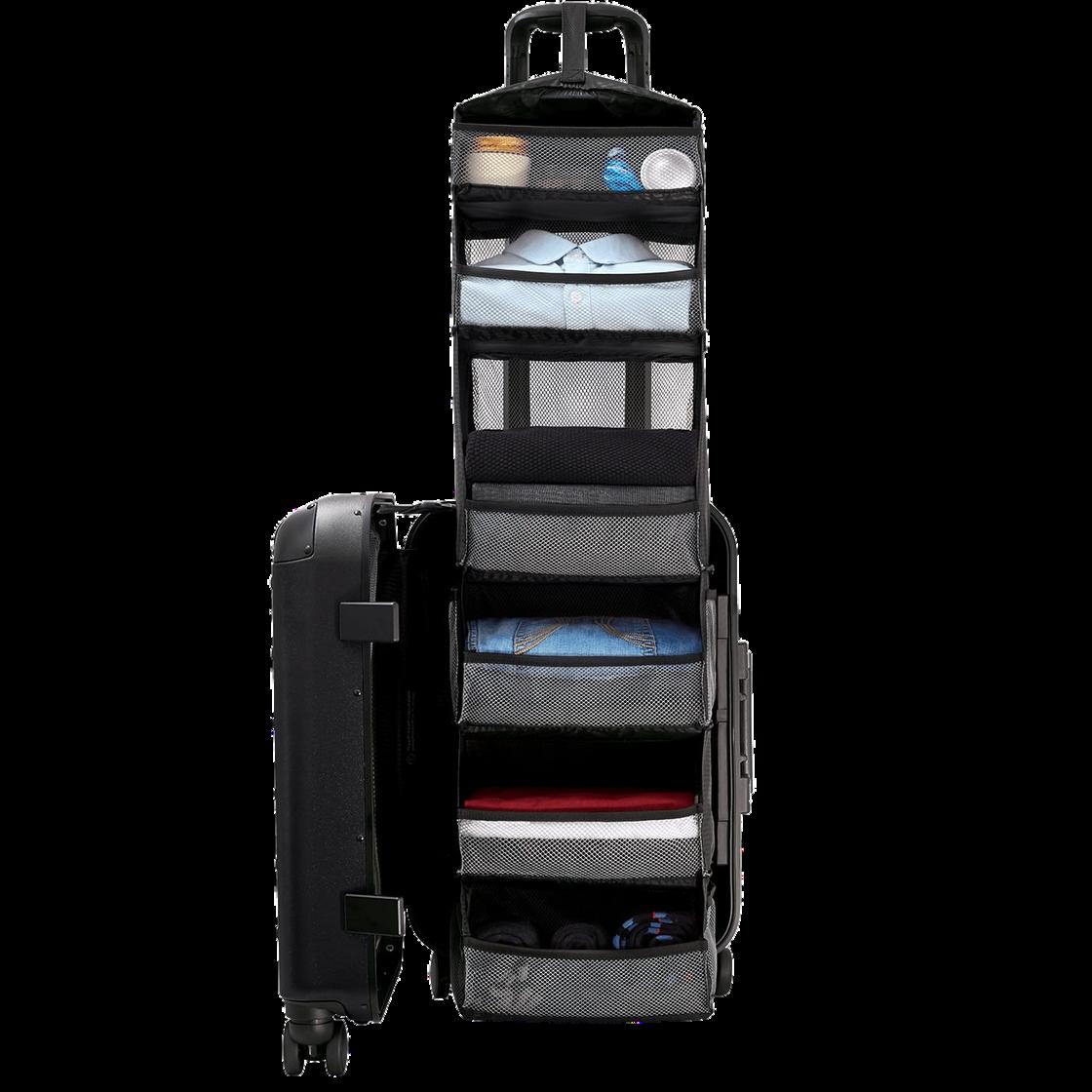
5 minute read
Adventure and Beauty in the Borderlands
Biking in the Arizona borderlands. Photo by Sarah Swallow
How preservation and restoration efforts can invite sustainable tourism along the U.S.-Mexico border
BY CONNOR CLARK, PH.D. STUDENT AND RESEARCHER WITH THE CENTER FOR SUSTAINABLE TOURISM AT ARIZONA STATE UNIVERSITY
Living the green life just got easier.




1
$PRICE HELLO PLASTIC- AND LIQUID-FREE
These self care products prove less is more. Say goodbye to plastic and water waste with these travel-friendly toiletries.

Shampoo & Conditioner Bar Set + Travel Tins $28 Aluminum-Free Lemongrass Deodorant $14
BE ZERO-WASTE ON THE GO
Everything you need to explore without exploiting the planet. Trade wasteful, single-use items for this reusable roll-up water bottle, collapsible coffee cup, bamboo utensil set and two cotton unpaper towels.
Zero To Go Kit $50
2
$28.00
T R E N D A L E R T


4 3

TRAVEL IN [RECYCLED] STYLE
Help drive demand for high quality, upcycled gear. It’s easy to see that being eco-conscious can do good and look good at the same time.
Carry-On Closet Suitcase $245 Cala Polarized Sunglasses $85 Eco-Stretch Cloudy Lake Hat $34
Your FREE gift ($30 value)


EARTH MONTH EXCLUSIVE
Shop over 400 carefully-vetted products and get a free non-toxic sunscreen set with purchase by April 30, 2021. *
WWhen one thinks of the U.S.-Mexico border today, recent images of construction crews bulldozing and dynamiting pristine wilderness to put up a 30-foot bollard wall or border patrol agents speeding past in trucks and helicopters might come to mind. While such scenes do indeed form part of the reality that is to be found at the border, a distinct and more beautiful story has also been unfolding for decades that involves efforts to preserve and restore precious ecosystems and wildlife species, which just may lay the foundation for additional sustainable tourism opportunities.
These efforts to beautify and heal the land are not solely On this northern side of the border, where tourism is more attributable to any one individual, community, or prevalent, people are already taking advantage of these organization, but to many, and they all deserve our praise. actions to conserve and restore the land and its cuddly However, one group’s actions in the region particularly creatures, and unlikely partnerships have been formed. stand out in remarkable ways—those by Cuenca los Ojos, a conservation nonprofit that owns land in Mexico just south One such partnership is between a group of adventure of the border. cyclists, also known as bikepackers, and private ranches dedicated to either livestock rearing or research, who Cuenca los Ojos formed in the 1990s and is seeking to previously would not have been thrilled to open their restore Sky Islands, a region whose name derives from the gates to visitors. Although still restrictive to many forms majestic mountains that protrude from the desert valley of recreation, these ranches have allowed large groups of floors and can be found across parts of the U.S. states of these adventure cyclists to bike through and camp out Arizona and New Mexico, and the Mexican states of Sonora on their lands, adding a new source of revenue to their and Chihuahua. Their efforts have brought tangible benefits operations by charging a modest fee. It is through these to this harsh and beautiful landscape, and include boosting types of partnerships that sustainable forms of economic the deer and turkey populations development can take place as through reintroducing new natural resources are enjoyed individuals, restoring grasslands, without being consumed. and replenishing the water supply through an innovative yet South of the border, where surprisingly low-tech method: Cuenca los Ojos has been busy stacking rocks. at work to connect habitats between the U.S. and Mexico, This method simply involves recent construction has undone making small rock dams or decades of work. There have gabions, wire baskets stacked been serious implications for the with rocks, in dried-out stream rare and endangered species like beds, which then slows down jaguars and ocelots, who have the flow of water after monsoon been trying to repopulate their rains and catches sediment former range in the U.S. which would otherwise wash away. It results in increased Despite these setbacks, tourism amounts of water seeping into can still be part of the solution the dry landscape and recharging to reconnect human and animal the groundwater supplies that communities who have been are the lifeblood of this area. separated by border security. Although the element of fear So, what do all these habitat and Gabion under construction. Photo by Cuenca los Ojos remains an additional obstacle wildlife restoration activities for would-be tourists to venture have to do with tourism? It’s simple. A healthier, wilder, and south of the border where drug traffickers have a dangerous more beautiful landscape makes for better ecotourism! The reputation, groups like Cuenca los Ojos and other borderlands are already a world-class birding destination, visionaries along the border still want people to know that where birders come looking to snag photos of rare birds like there is beauty waiting to be discovered here. the Elegant Trogon, Thick-billed Kingbird, and Mexican Chickadee, to name a few. Then there is the tropical species As vaccination campaigns continue to roll out and travelers’ of felines, jaguars, and ocelots, that tourists would likely willingness to explore increases, the lure of the borderlands never see, but whose occasional detection in the region by beckons those with a taste for adventure to come, see, and way of motion-sensitive cameras holds an almost mythical experience this dynamic region for themselves. appeal to anyone visiting the borderlands.








